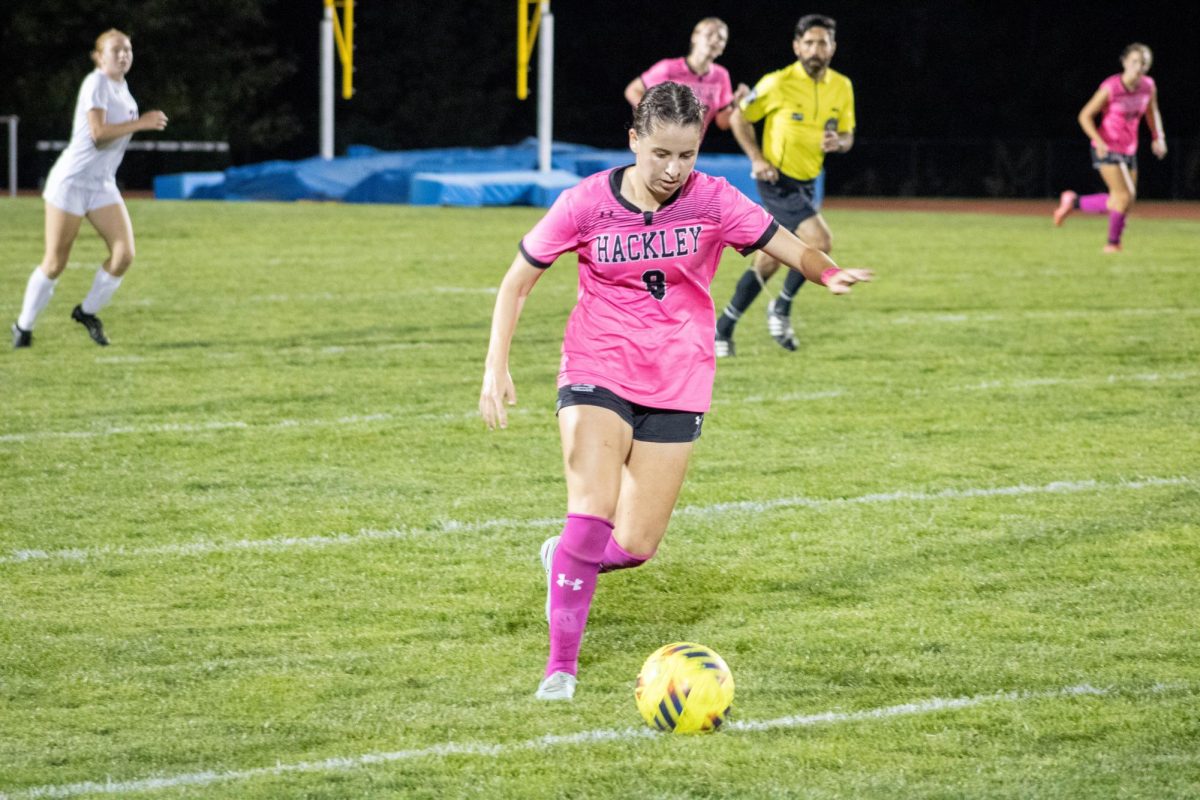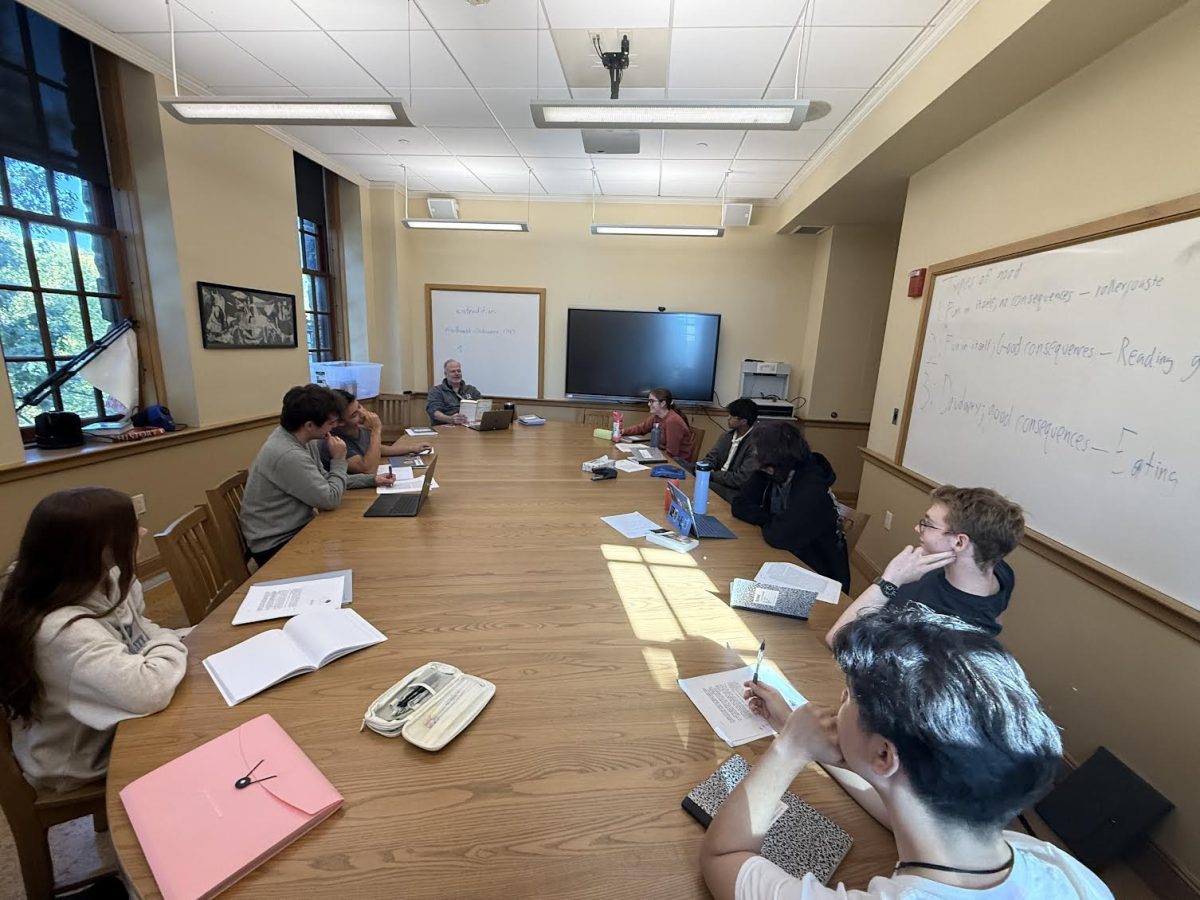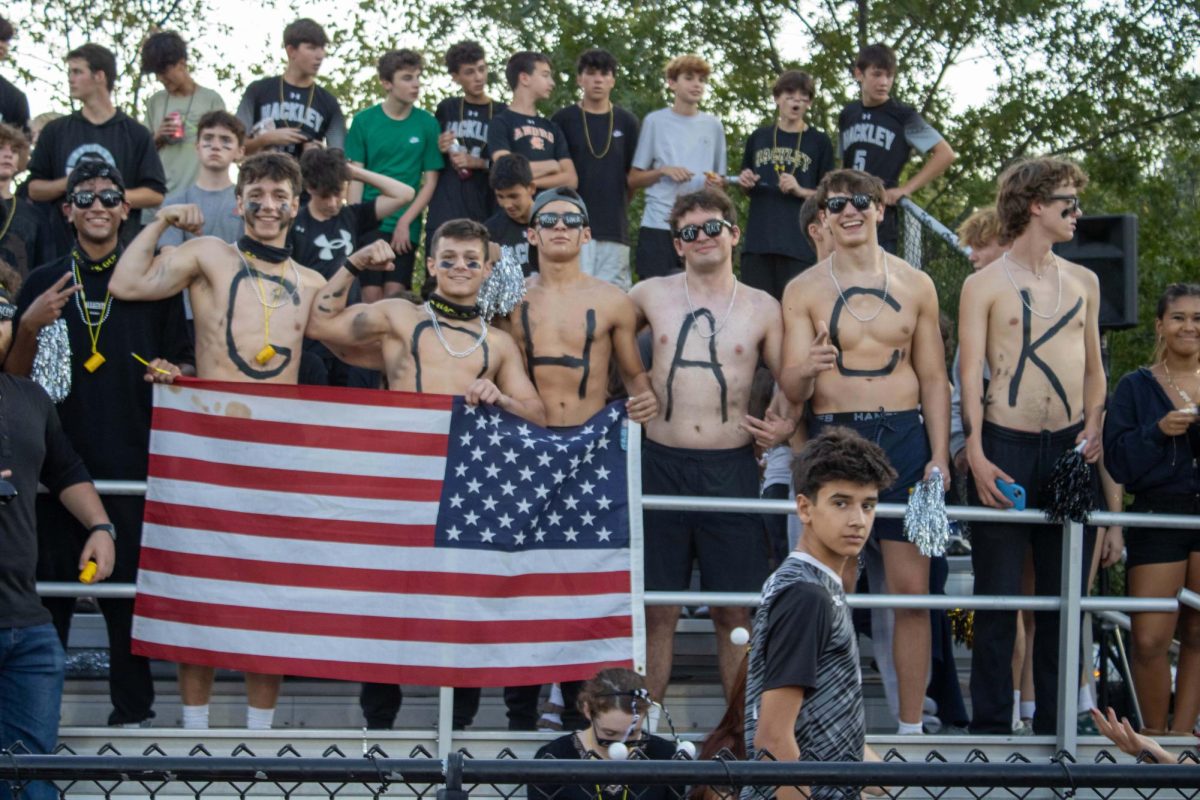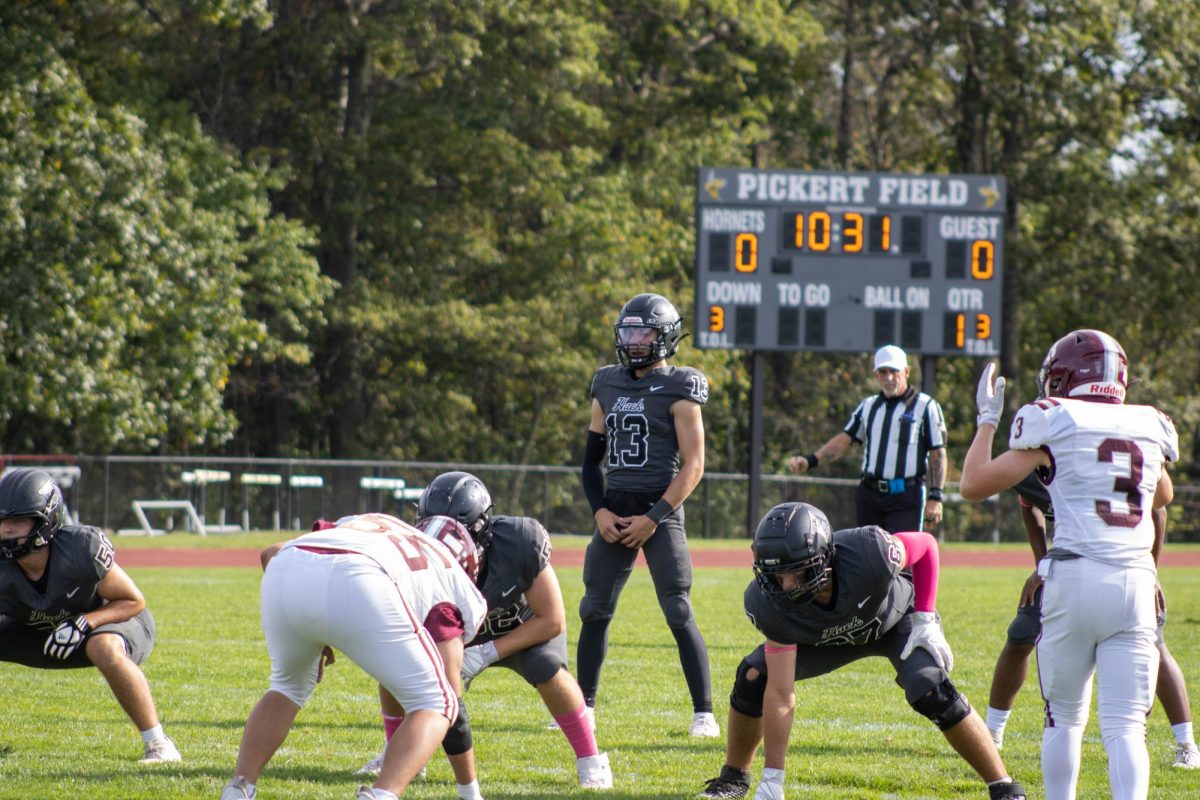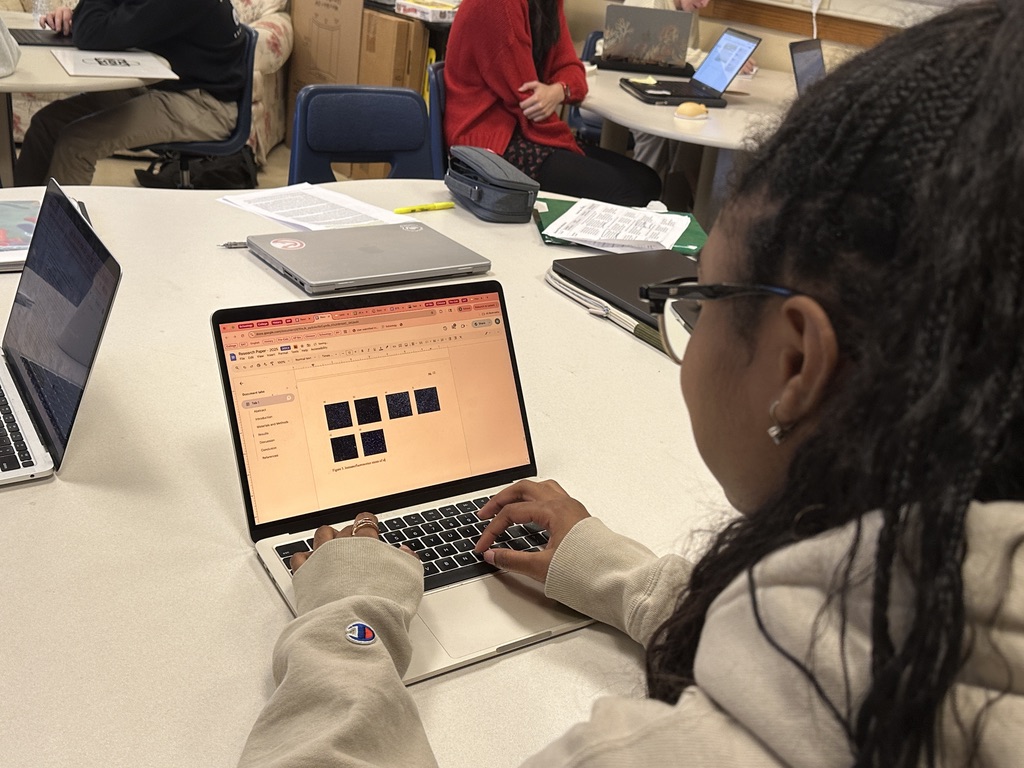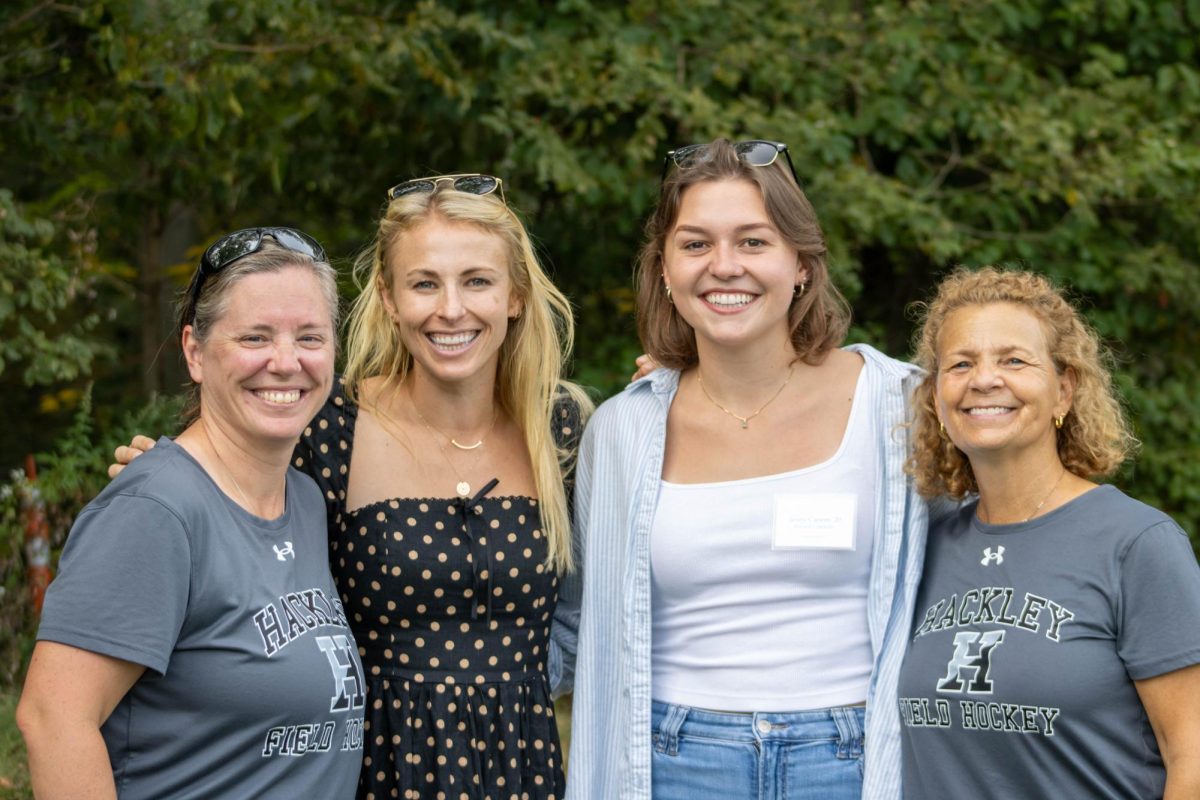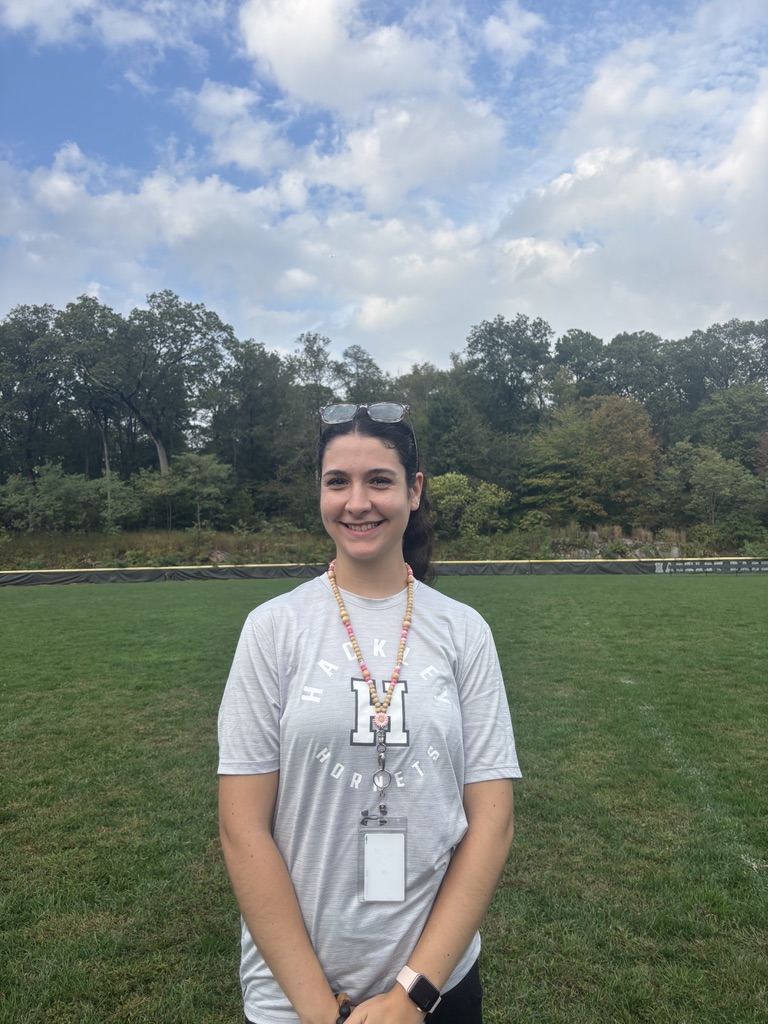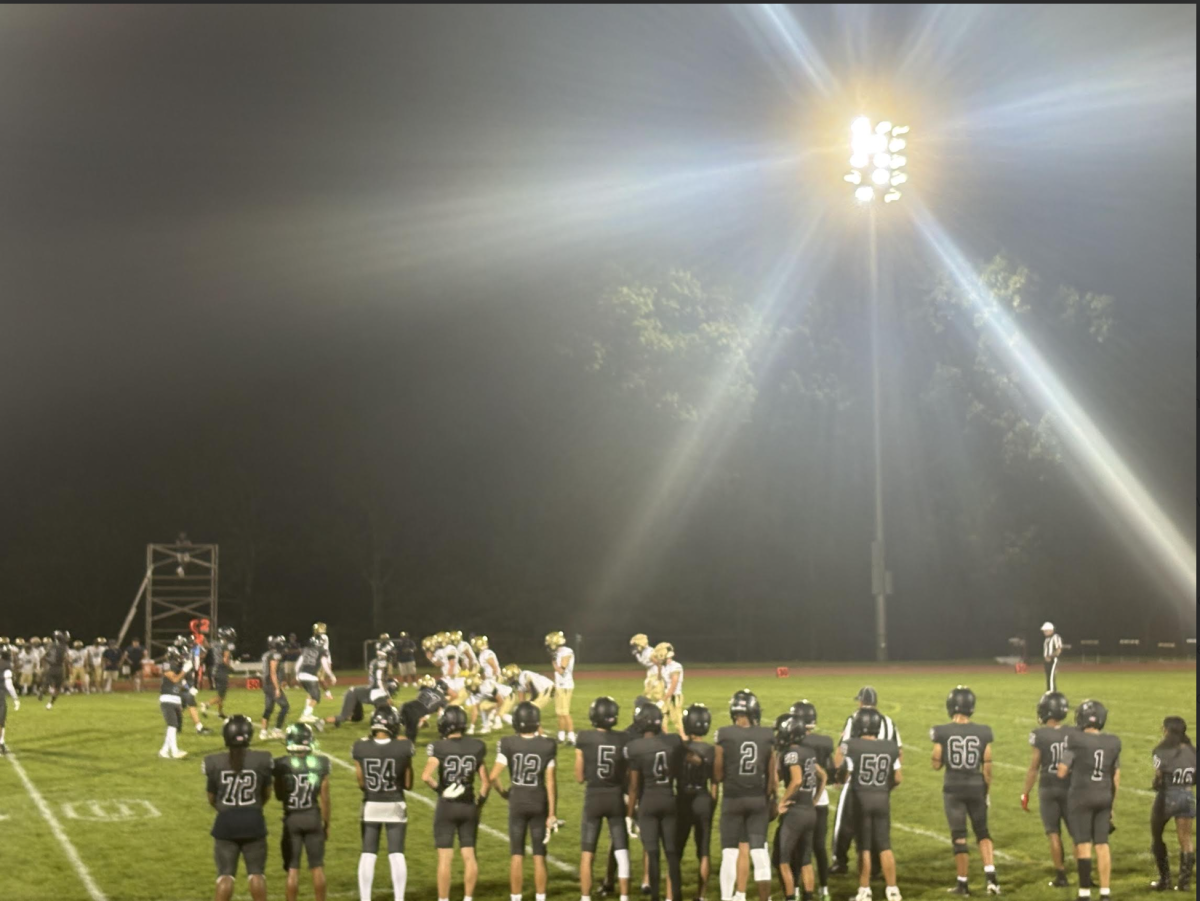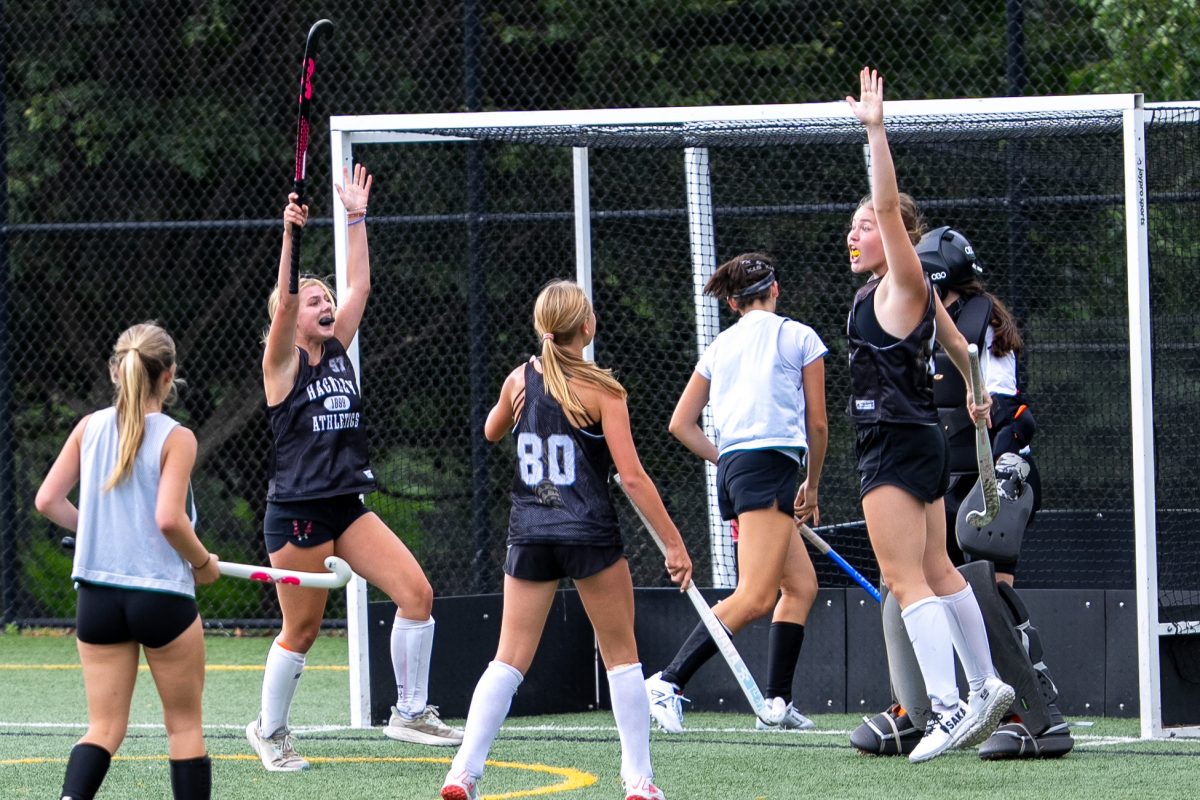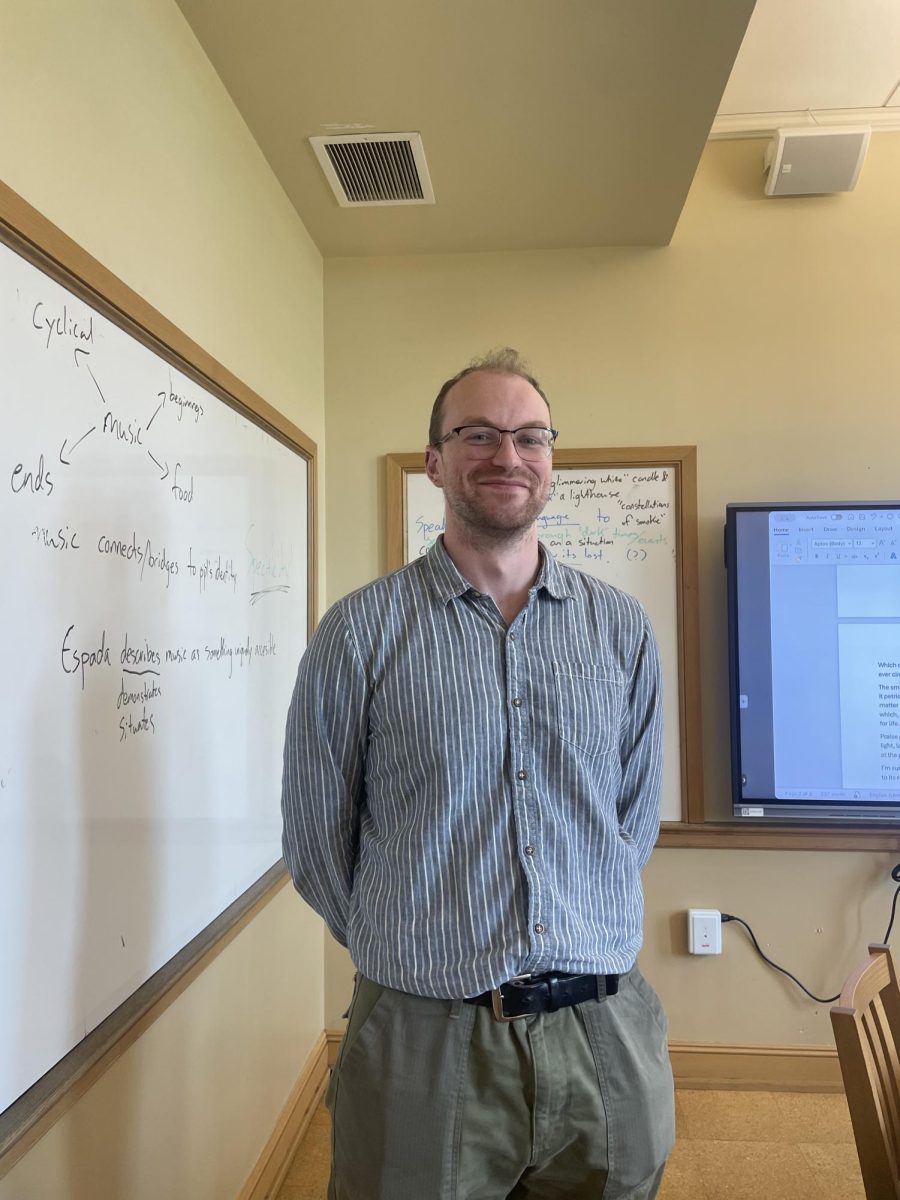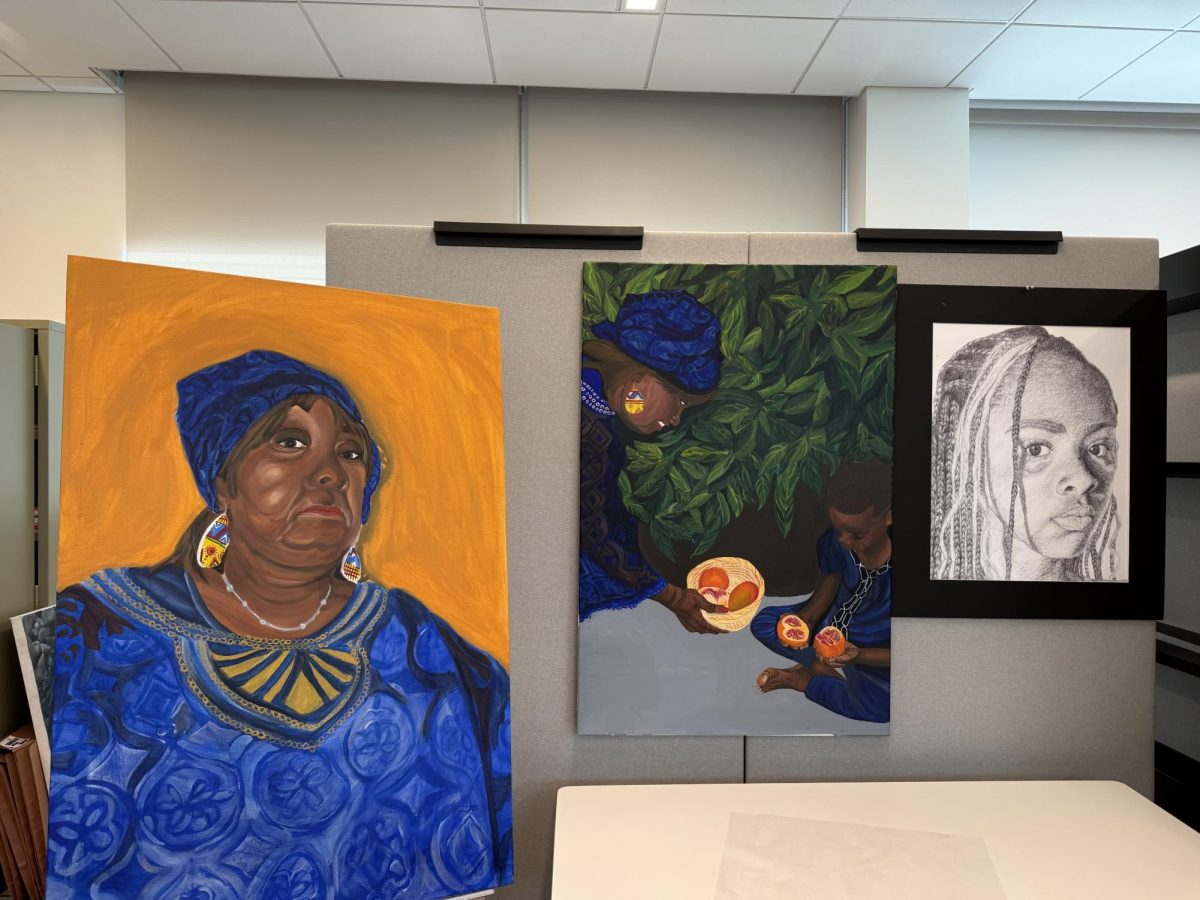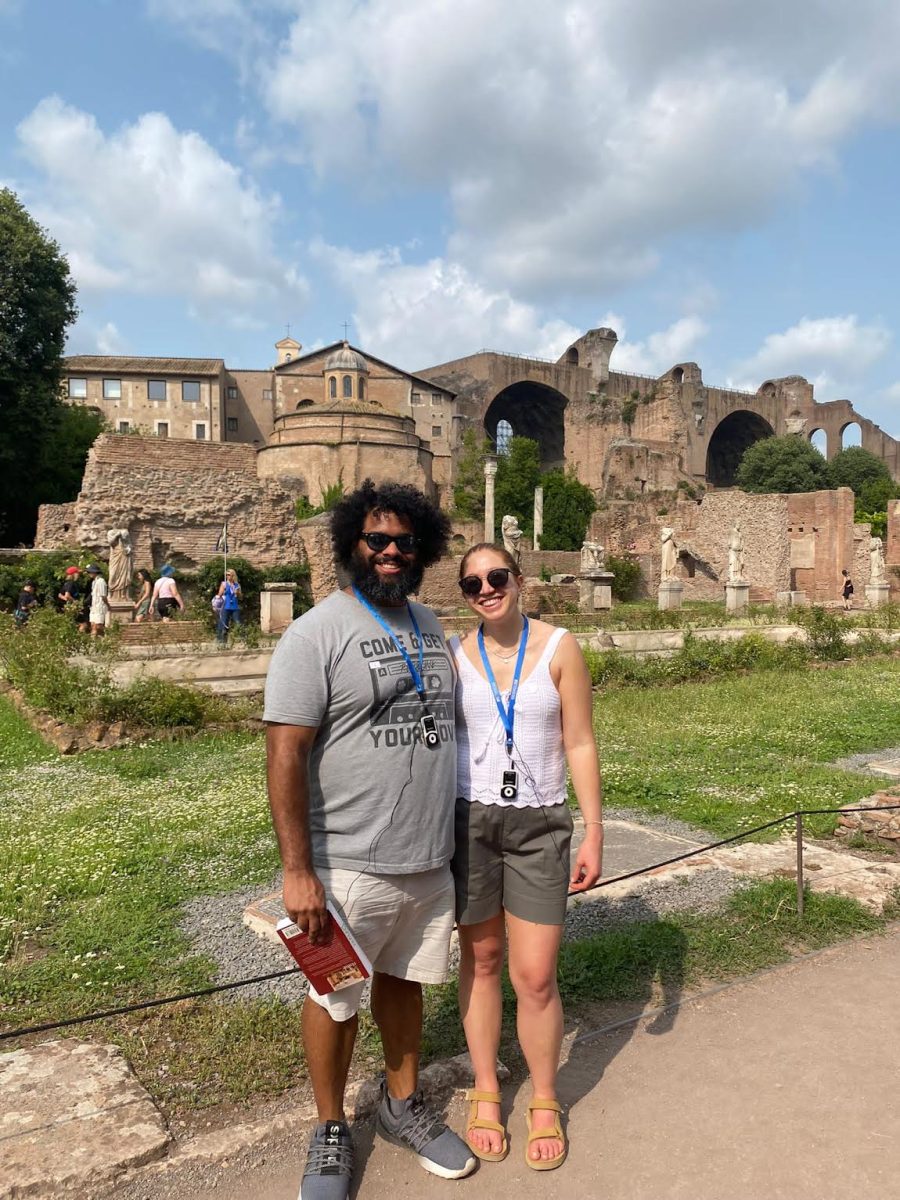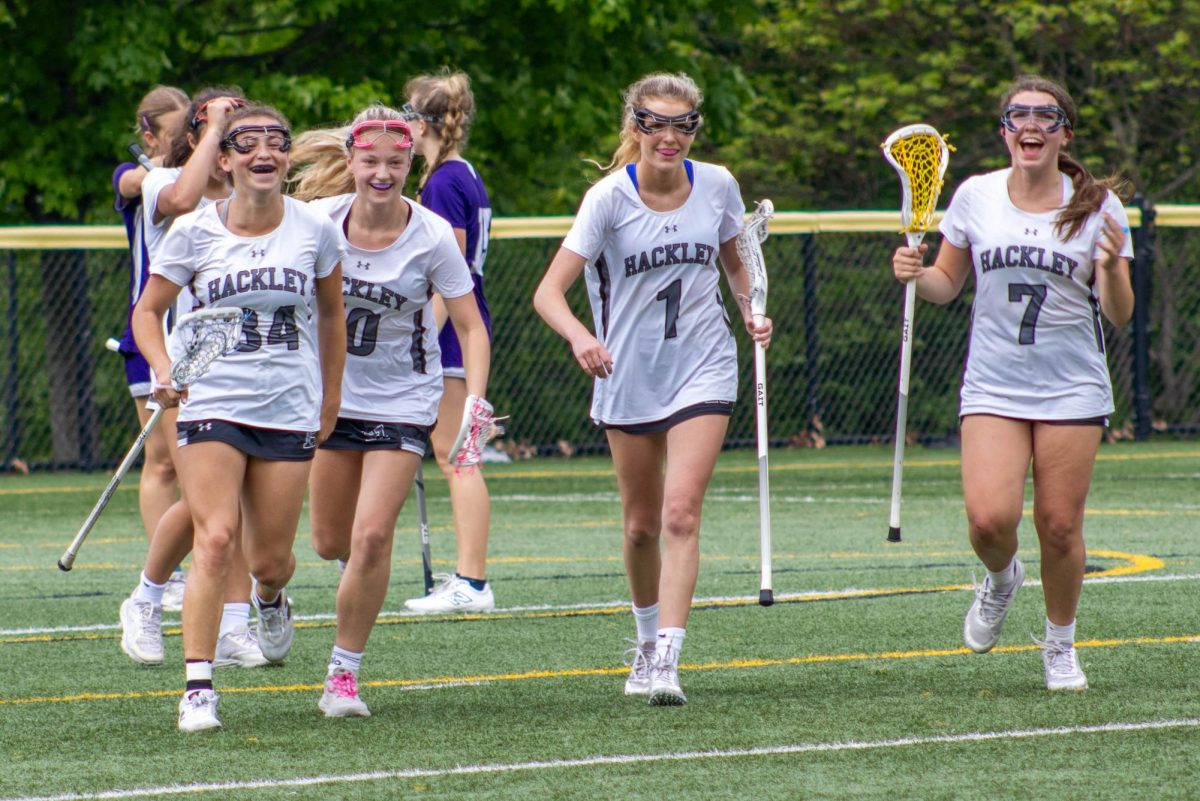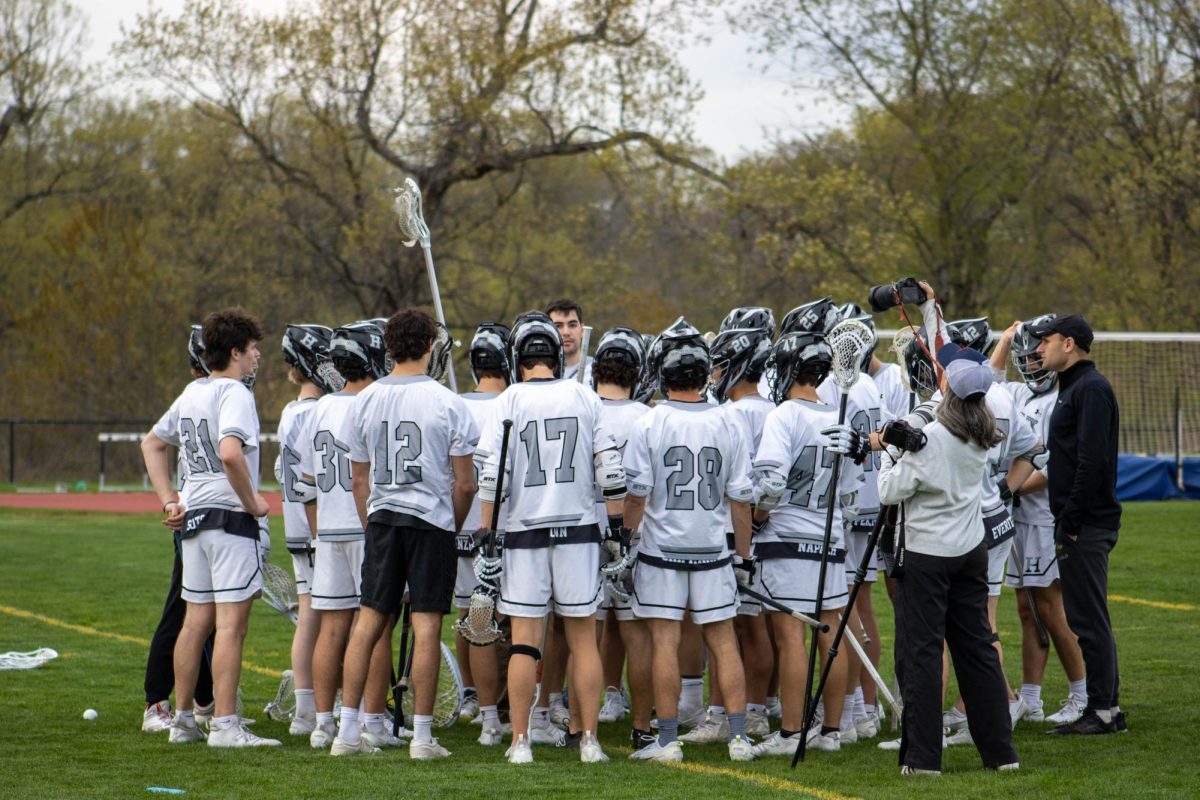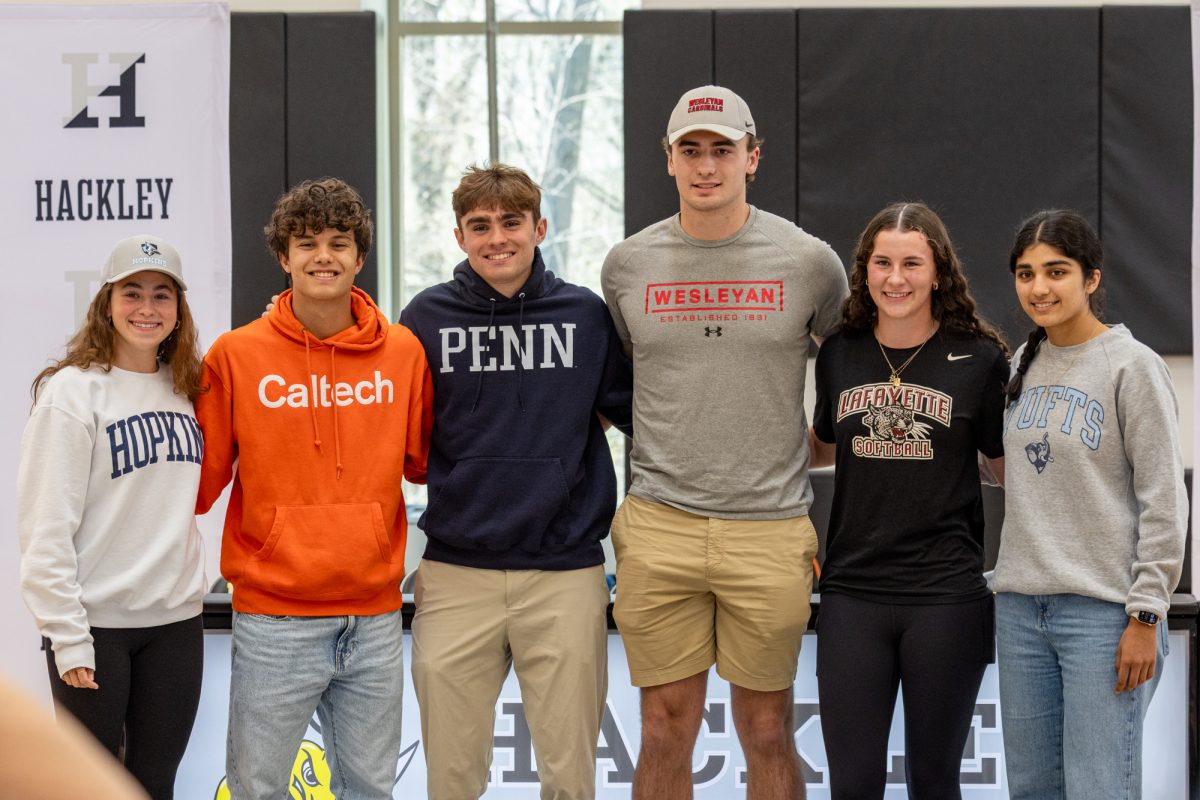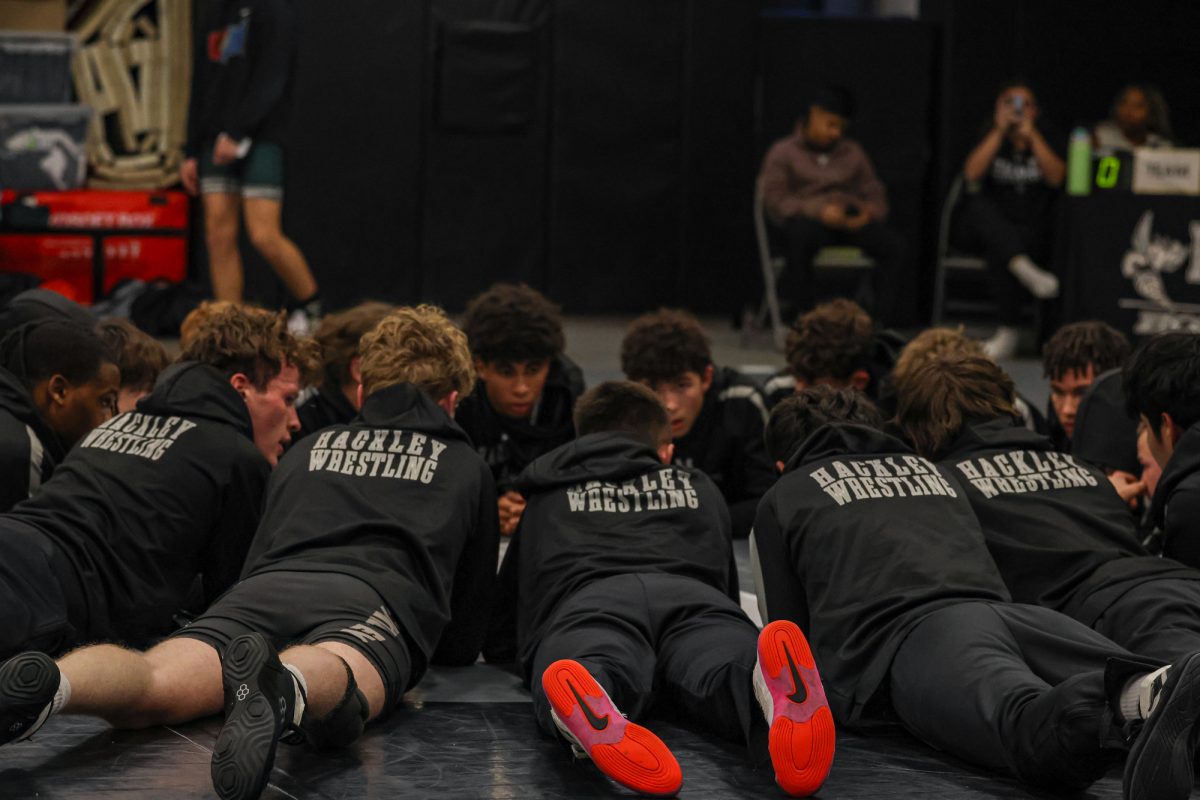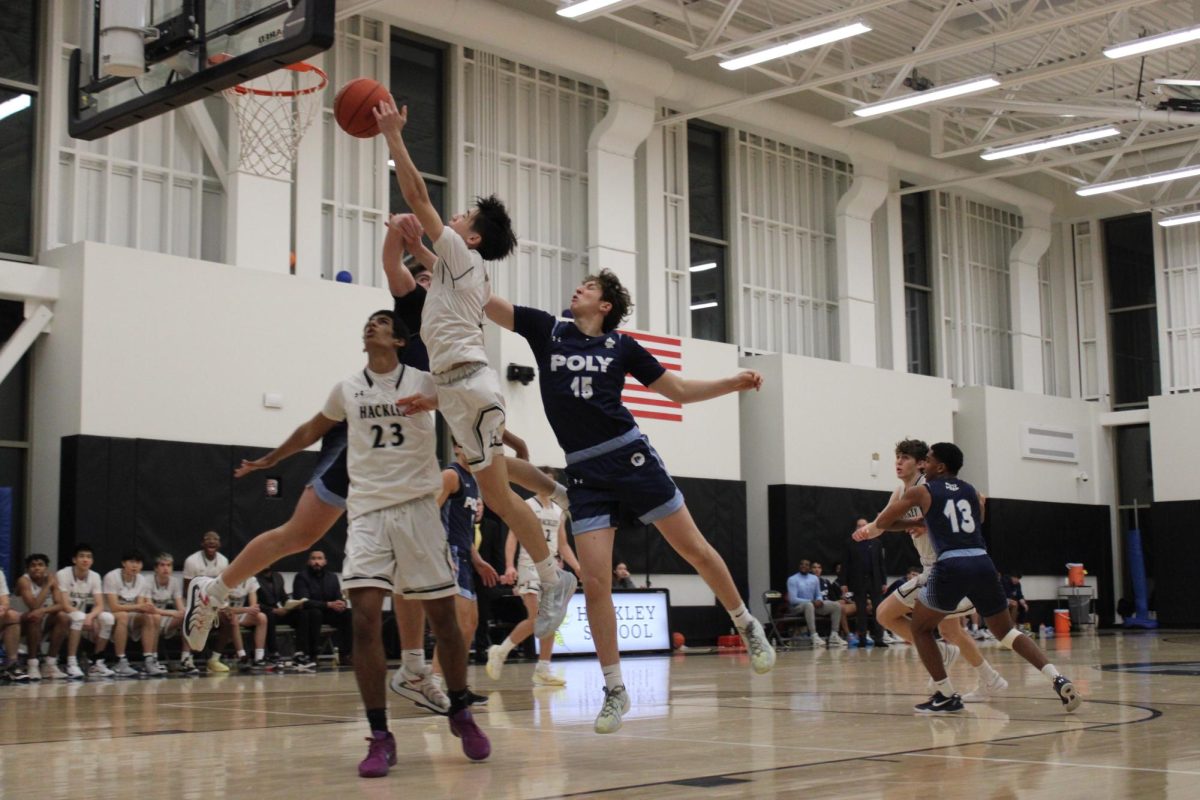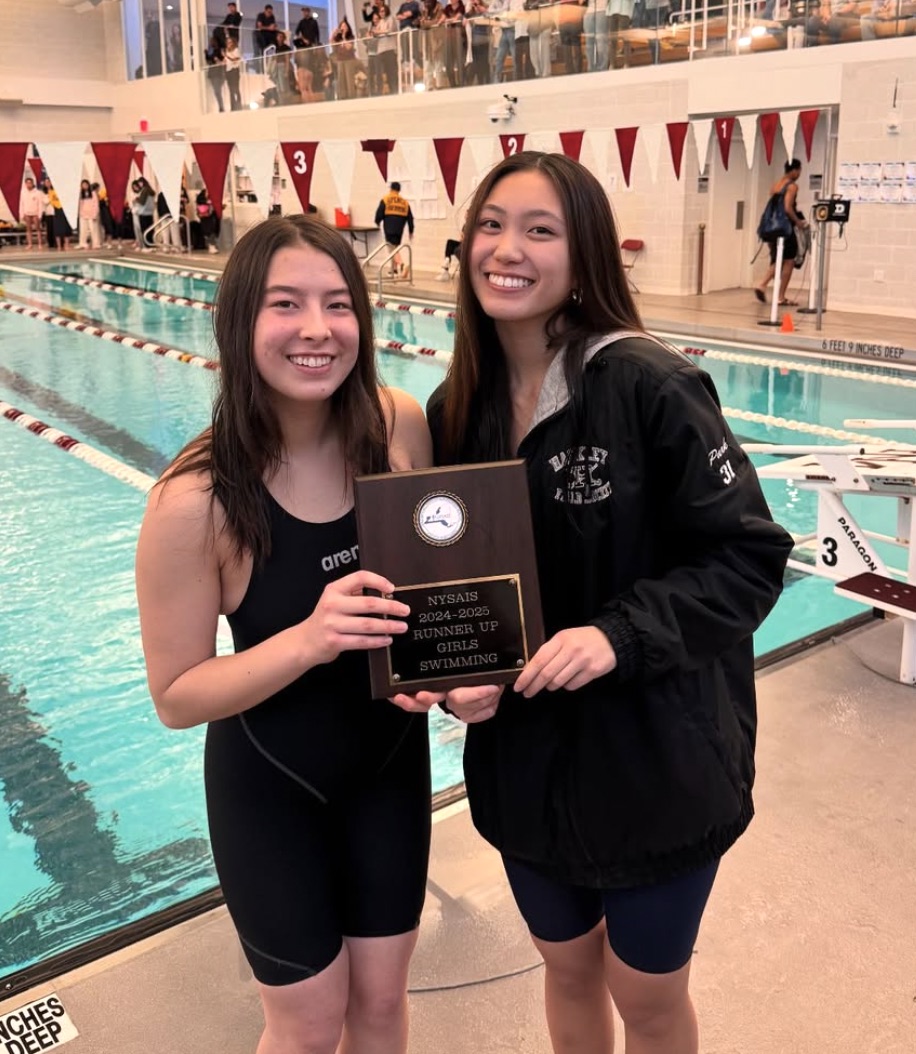Students approach college in a ton of different ways. For athletes, this process often begins earlier than senior year. While balancing academics, athletics, and the world of college recruitment, students experience both joys and challenges.
For junior Gemma Lasky, who has committed to Cornell, the idea of playing in college became apparent as soon as her freshman year. Gemma said that once she played club soccer in high school, she knew Division 1 soccer was her goal.
For senior Shaun Kim, who has committed to Harvard, the decision of fencing in college took shape around four or five years ago. Shaun detailed that at that time, he started seeing major results and improvement in his fencing. This encouraged him to start thinking about recruitment.
For senior Ella Chen, who is committed to Johns Hopkins for swimming, the thought of competing in college was always in the back of her mind. After investing so many years of time and energy into swimming, Ella realized that she wanted the sport to remain a part of her life.
Each athlete experienced the different highs and lows that come with college recruitment. For Gemma, having coaches watch her games was super exciting, and forming connections with different coaches was as well.
“Even if I didn’t end up playing at their school, it was fun,” Gemma said.
Gemma valued hearing different coaches’ opinions because they helped her learn a lot.
Ella’s official visit was her favorite moment.
“Going on my official visit and seeing the team I was going to be a part of. I loved it so much,” Ella said.
For Shaun, being noticed by different colleges was really meaningful.
“It’s nice to know people are interested in you, and your hard work is paying off. Shaun said. ”
Along with the highs of recruitment, it can also feel unpredictable and confusing at times.
“The process isn’t really transparent, so you don’t really know what’s going on until something happens,” Gemma said. “The 10 minutes the coach chooses to watch your game, if you had a really good or a really bad game, makes it (the process) so random.”
The randomness and lack of clarity can be a challenging aspect of recruitment. Even if an athlete’s process goes smoothly, the pressure to perform their best can feel constant. Ella also notes how intimidating it was when she first started reaching out to coaches. Putting yourself out there, not knowing what the response is, could be daunting. For Shaun, fencing itself made his recruitment process more complicated. Shaun explains that the fencing circle is really small, so there is a lot of drama and gossip that comes with the recruiting process.
While sports might open an athlete’s eyes to colleges, academics are a large factor to which colleges are considered for all three athletes. Athletes noted that academics helped narrow their list of potential schools down.
“I got lucky the school matched up athletically and academically,” Gemma said.
Ella emphasized that academics might have been a larger factor than swimming in her decision. She explained that since she is planning on having a career in medicine, the academics of the school were a huge factor for her. Shaun believes that keeping up with academics and not falling behind is vital. In fencing, the reputation of the school was important to him as well, which acted as a reminder that his academics had to be up to par.
When the offers start to come in, the decision-making process becomes a challenge in itself. Athletes weigh things like coaching style, the team’s vibe, and much more.
“They (coaches) were being really supportive. They were so down to earth, and I really wanted to be around them.” Gemma said.
The players on the team also had a big influence. Their support and encouragement played a major role in helping her choose Cornell.
Ella’s decision was focused on career prep. She looked at schools that would meet her academic standards to support her future goals.
Shaun thought visiting the schools helped him make his decision.
“I probably would value my time visiting a little more because those moments are super important in choosing,” Shaun said.
Each athlete leaned on different people for their support throughout this process; they all agree that a support system is a necessity.
“My parents supported me the most by taking me to visits and making it possible for me to see the school,” Ella said.
Shaun attributes his success not only to his parents, but his coaches and older friends who have gone through the process before.
“Older friends who were already recruited and my coaches helped me talk to college coaches,” Shaun said.
While Gemma looked back on her experience, she advised any athlete going through this, “I wish I had just kind of let myself relax and enjoy the moments with my teammates.”
The college recruitment process is different for every athlete. Some start earlier, others later, some look at a large number of schools, others focus on a few. These athletes prove that when it all comes together, it shows years of growth, hard work, and dedication.

